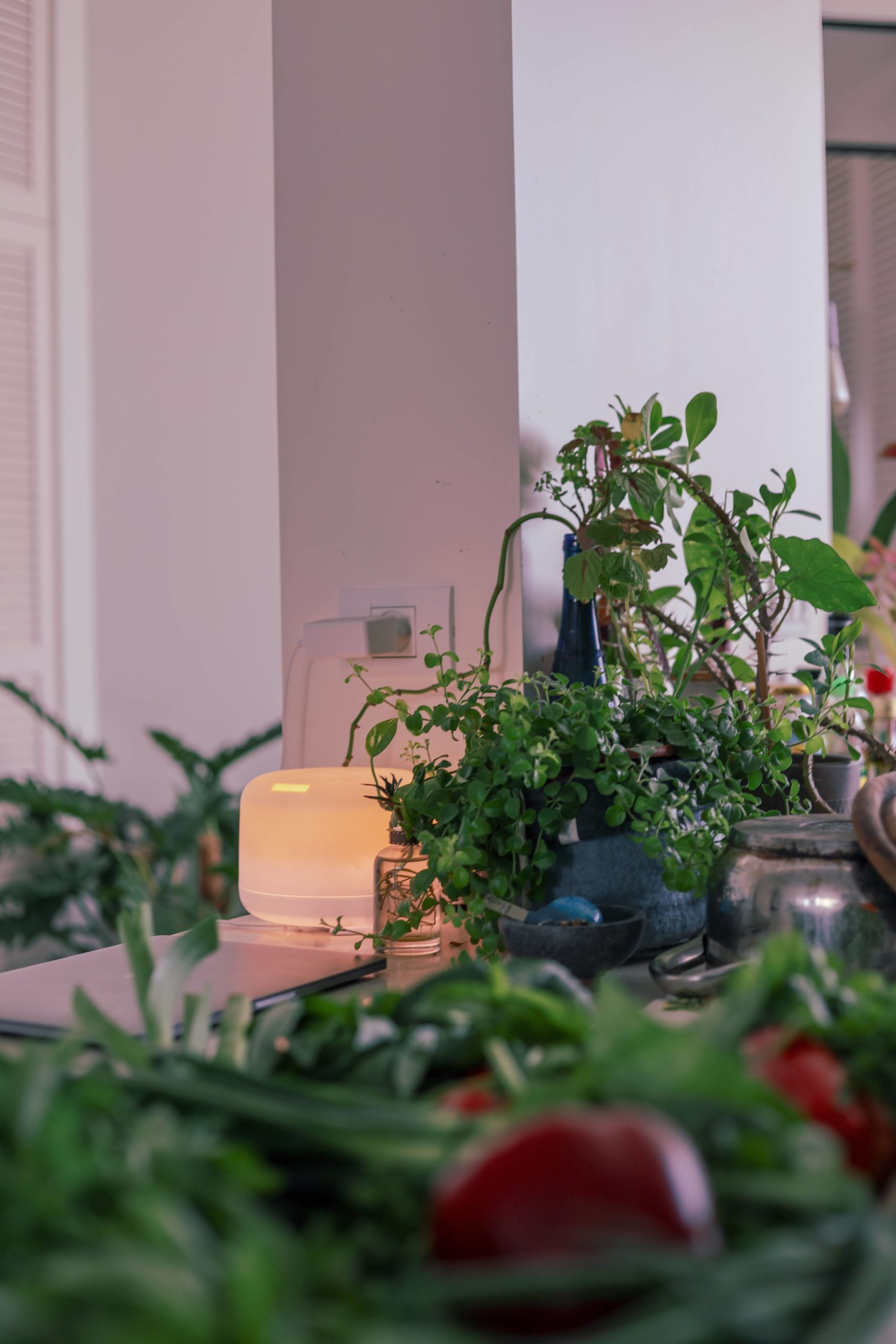Indoor air quality is a concern for many people, especially those who suffer from allergies or asthma. Removing indoor air pollution is important for you and your family’s health. There are many ways to improve your home’s air quality including using a store-bought smart air purifier or a portable air purifier. You can also consider going to your local general store and picking up various versions of Honeywell air purifiers or Blueair Blue Pure air purifiers, but the best way is to install a ductless mini-split air purifier.
Choosing the Right Air Purifier or Portable Air Cleaner is Essential
Our team at Wattson Home Solutions can help you choose the best air cleaner for your home. When it comes to choosing a good air purifier we can show you the clean air delivery rate. CADR is a measurement of how much air an air purifier can process in a period of time. The CADR essentially tells you the performance of an air purifier.
The best air purifiers include:
- HEPA Filtered Air Purifiers
- Carbon Activated Filtered Air Purifiers
- UV Light Purifiers
- Negative Ion Generators
- Mitsubishi Ductless Mini-Splits
5. HEPA Air Purifiers
One of the best and most common ways to purify your home’s air is with a HEPA filter (high-efficiency particulate air). They can trap 99.97% of all airborne particles in the air, including pollen, dust mites, and pet dander. This makes it a great choice for those who suffer from allergies or asthma. However, a HEPA filter can be expensive to replace and often requires regular cleaning.
Benefits:
- Traps 99.97% of all particles
- Great for people with allergies or asthma
- Removes various air pollutants or airborne viruses, bacteria, mold, and dust
- Easy to clean and maintain
- Can come in portable air cleaners
Disadvantages:
- HEPA replacement filters are expensive to replace
- Maintenance is easy but expensive
- Can be noisy
4. Activated Carbon Filtration
An activated carbon filter purifying system is another great way to purify your home’s air. Activated carbon filters are able to remove a variety of contaminants, including VOCs (volatile organic compounds), smoke, and odors. This makes them a great choice for people who want to improve their home’s air quality.
Benefits:
- Removes VOCs, smoke, and odors
- Great for people who want to improve the smell of their home
- Inexpensive to replace and easy to maintain.
Disadvantages:
- Only removes odors and doesn’t remove any other air pollutants such as pollen or dust
3. Ultra Violet Light Filtration
Ultra violet light filtration is our third choice to purify your home’s air. UV light kills bacteria, viruses, and mold spores. UV Filters use UV rays to sterilize the air with the use of UV lamps inside of the filter.
Benefits:
- Kills bacteria, viruses, and germs
- Has a long lifespan
- Easy to replace
Disadvantages:
- Doesn’t get rid of dust particles or large particles
2. Negative Ion Generator
A negative ion generator is another way to purify your home’s air. Negative ions attach to positively charged particles in the air, including dust, pollen, and smoke. This makes them heavier and causes them to fall to the ground. Negative Ion air purifiers are great on their own but can also be paired with a HEPA filter to catch the larger particles.
Benefits:
- Large particles attach to positively charged particles
- Decompose small particles such as viruses and bacteria
- Removes larger particles such as dust from the air
Disadvantages:
- Doesn’t catch larger air particles such as dust which then can collect on your floors or furniture.
1. Ductless Mini-Split
Ductless mini-splits are one of the best ways to purify your home’s indoor air. They do not require any ductwork, which means they are less likely to circulate dust and other allergens throughout your home. According to the EPA (environmental protection agency), without consistent circulation of fresh air, air pollution indoors can reach levels higher than air pollution outdoors.
Benefits:
- Do not require any ductwork
- Less likely to circulate dust and other allergens
- Come with filters that can remove a variety of contaminants
- Constant circulation of clean air
- Reduce energy bills and increase your home’s energy efficiency
- Can be installed in any room to provide individualized comfort levels
- Comes with a remote control to control temperature and fan speed for anywhere
Disadvantages:
- Higher initial cost to install
Get the Best Air Purifier Installed by the Best Team
Contact our Wattson Home Solutions team today for more information on ductless mini-splits and getting your dirty air, clean.







